
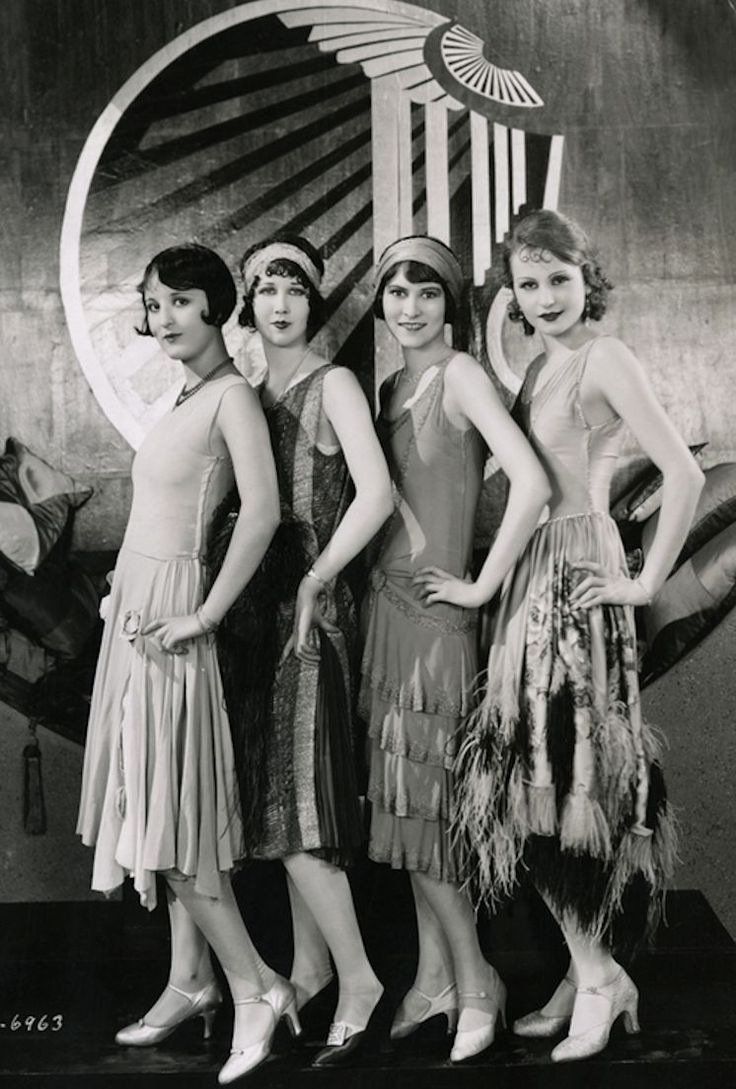
We’ve all scrolled through our parents’ old picture albums. Most of us have made fun of their fashion choices at some point. Why did their friends let them wear that? Ten years go by, and we come across the album again. This time we are surprised by how stylish Mom and her friends were. As much as you hate to admit it, your dad was capable of picking out a pair of pants that fit him and didn’t come up to his armpits. Did they change outfits in the last ten years?
Fashion has always been at the forefront of every movement. As people bring on a revolution, as change becomes evident within a culture the biggest indicator of the freedom and liberty of that is the way people change their appearance and choose to express themselves. whether that means they keep or change the traditions and customs and adopt different styles and customs.
1920
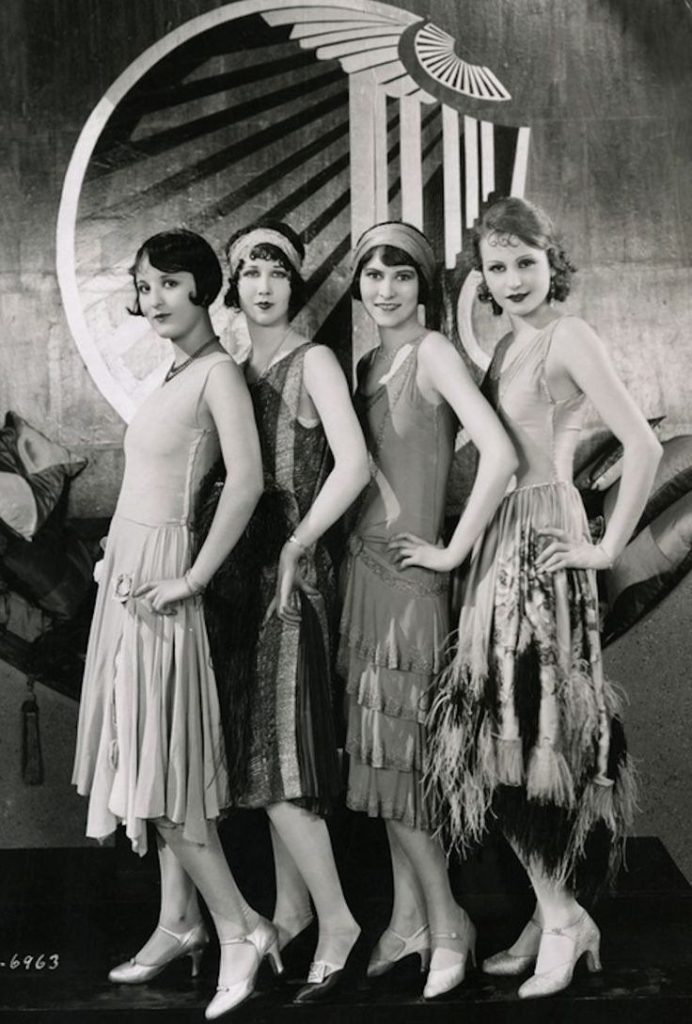
This is when we see glimpses of true liberation and freedom for women. Granted this was not when women were free and not the time, they were given what they deserved but the roots were being put down for what was to come. The flapper dress could be considered a subtle first indication of this as it is relatively simple in style and came to just below the knee in length (scandalously short for the time). The silhouette in the 1920s was known as, ‘la garçonne’ which illustrated the youthful figure desired by many women throughout the ’20s which was achieved by the corset and clunky uncomfortable puffy big dresses. Men’s fashion was becoming more casual as well. Suit jackets and formal pants were for formal affairs. Regularly men wore slacks and cotton button-down shirts. Sometimes vests on nicer occasions. There wasn’t too much color in the men’s wardrobe.
There was another major change for women in a different sector. Women’s movement was starting. Getting the right to vote was a big step in the right direction. These women had a big hand in making women realize that there could be other more comfortable ways of dressing. Many working women, whether busy working at home or in factories and mills, chose to wear loose pants and short shirts for comfort and convenience. This was something unheard of in those days. This still wasn’t a look one would see on the streets in the 1920s.
Except for working women the only place one would see it is in Hollywood where it was glamorized but the public was not ready to accept it. On the other side of the world, we kept things nice and simple. We were wearing saris and ghararas. Nothing beats the classic and elegant.
1930
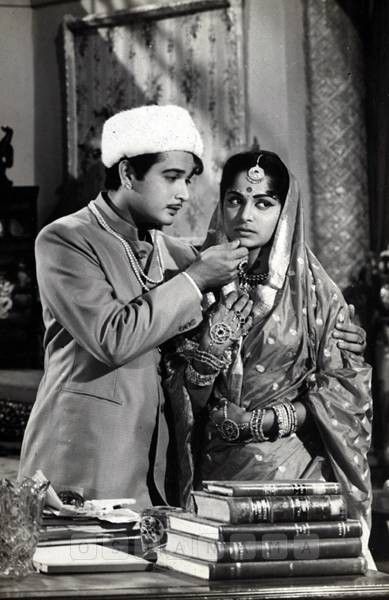
The women’s movement was in full bloom. Times were not so great. In India and the sub-continent, the British empire and the Indian government were clashing. Muslims, Hindus, and the British all wanted something different. Our fashion was heavily influenced by the British. However, we kept our identity and our customs very close to our hearts.
Ghararas and sarees were still widely worn by women in South Asia. This was reminiscent of what was a common dress of the royal women of the past as well. And was considered high class. Many women who were working outside the home were wearing shalwar kameez for convenience. Depending on what part of South Asia they belonged to it could also be a part of the culture. However, in those days Shalwar, Kameez was considered a blue-collar worker’s outfit. It would be understood among the ruling class that you were middle to lower class if you were wearing a shalwar-kameez.
1940 and 1950
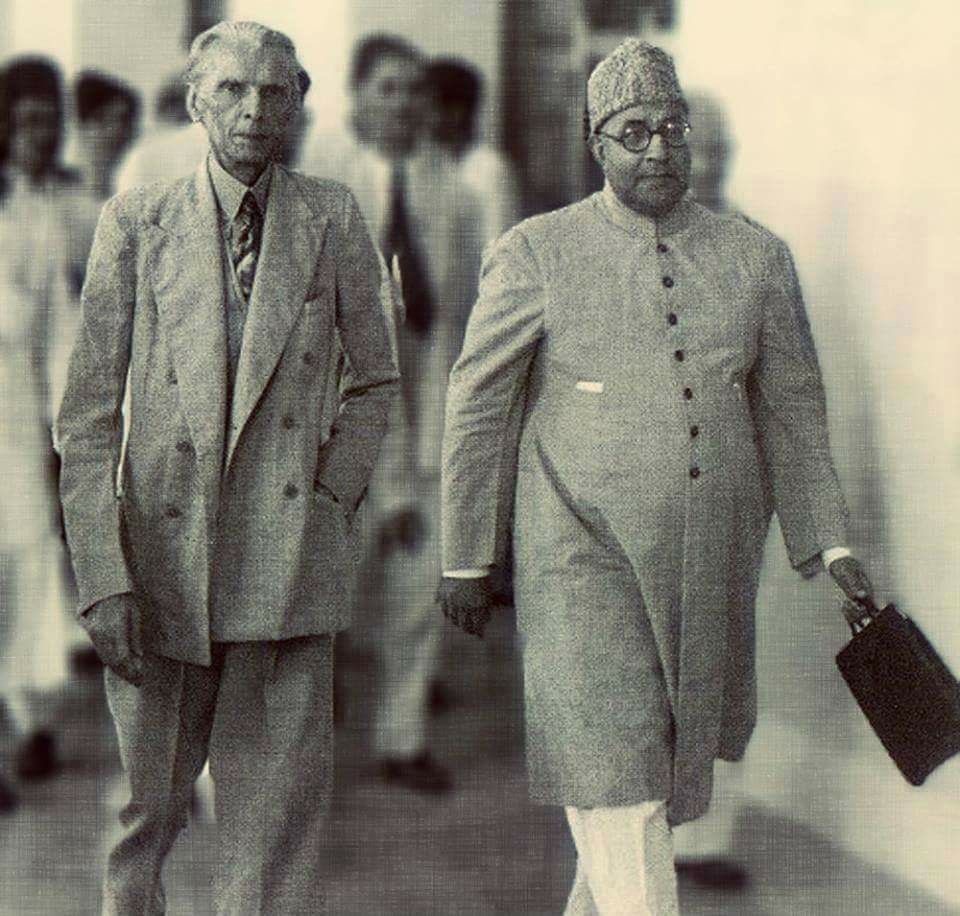
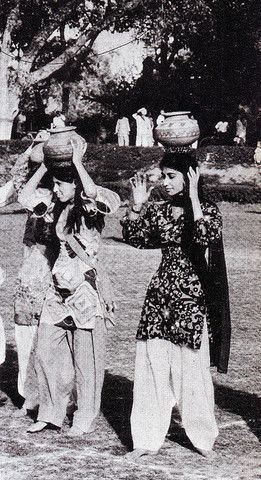
While it seems unfair to bunch this era together, it’s also not a very glamorous Era in terms of its historical context. England was blooming. The royal fashion was at its peak. Queen Elizabeth II had just been made Queen. Her inauguration dress was hand-made by women in Pakistan, the gems were sewn one by one. Thousands of them. She said in her inauguration address that she considered letting them have the honor of making the dress a gift from Pakistan to her for the inauguration. Of course, that was an involuntary gift from a colony barely on its feet. The beads and stones used were all real and a natural resource for Pakistan that was worth thousands of dollars at that time. These women worked tirelessly for months, many of them hurt their fingers and hands from stitching and gluing for days without breaks to the point that they could not work after that.
The U.S. was just coming out of the great depression that lasted from 1929-1939 which drove many women to work outside the home. Practical fashion became more and more common. Women did away with corsets and long poofy dresses. They would only show up on formal occasions, even for the very rich which there weren’t a lot of in those decades.
1960
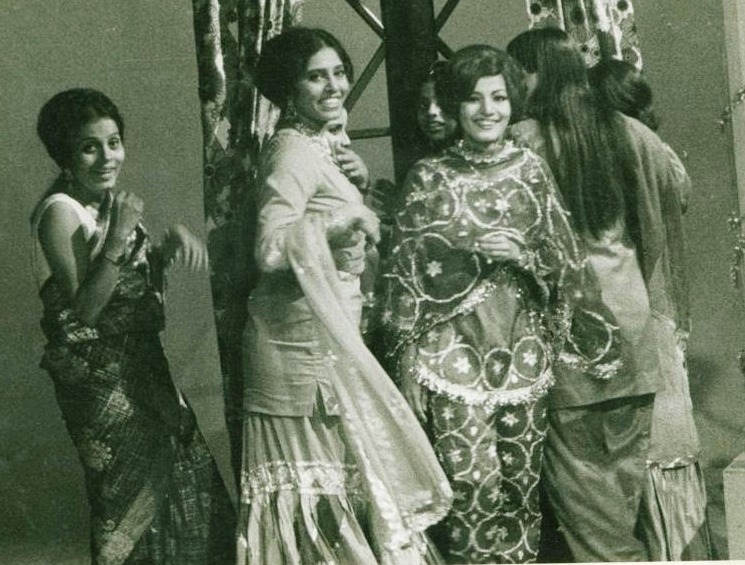
The Love and Peace era for some. Fight for justice for others. These were better times fashion-wise. The economy was doing better in our part of the world. Our government was heavily influenced by the West, and it showed in our fashion. The big hair, statement eyeliner, and tons of plaid. Everyone was Jackie O. How can we forget those to die for sunglasses? There are a few home videos of my mamus and cha-chas playing cricket on the streets of Karachi in tight corduroy pants and way too many shirt buttons undone for anyone’s comfort. You would find them in kurta pajamas as well. Always a classic. After all, they did have to enter their homes and face their parents. Just like short shirts with pleated shalwars and sarees wear for women back then.
When times are better, one can explore more with fashion and take more chances with the ideologies that come along with the statements those fashion choices make. That’s what this decade and the next one were all about. Taking risks and crossing all the boundaries all around the world.
1970
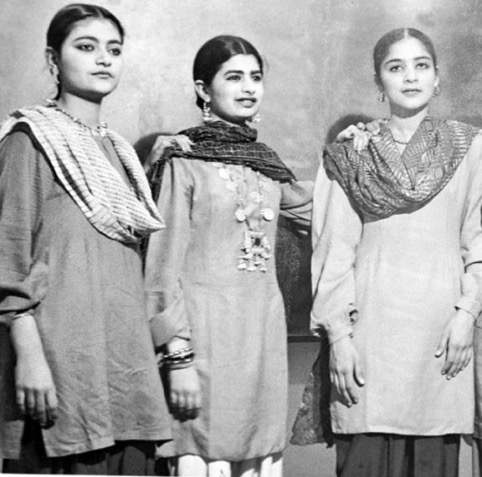
The same philosophy applied at this time as well. I’m sure you’ve seen it in movies and shows. That 70’s show, anyone? People were split on what they stood for. So fashion was split in two as well. For one group, fashion was simple because this group just wanted their basic rights. It was obvious not just through their words and actions but through their clothing and accessories. Simple, free, not needing or demanding much from the world.
The other group was careless and extravagant. Big hair, lots of color, and makeup. Colorful suits for men.
Around this era, cinema started to become more common in Pakistan. The shame of it started to dissipate. Rebels were born, they stood for something, and their fashion represented them.
1980s
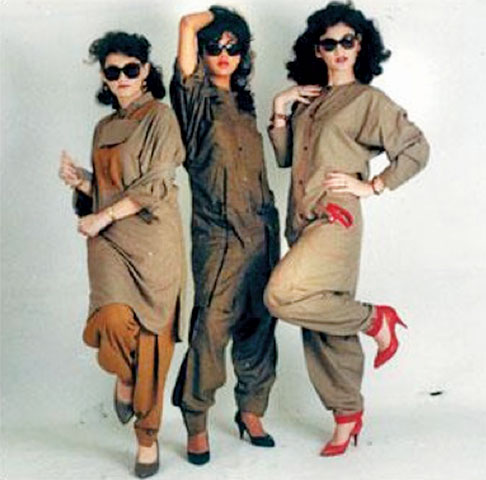
The 1980s was the time when punk flourished. Teased hair, scrunchie, bright makeup, matching eyeliner and eyeshadow. Oh, the shoulder pads. Pant suits in the workplace became common because that was the time when career-driven women took wearing pants to the next level.
Tight pencil skirts with heels are the most uncomfortable outfit to wear anywhere but to work. absurd.
This is when women started realizing that we don’t have to draw arbitrary lines defining male and female colors or clothing. What can anyone do to adult women who are independent and make their own decisions? All these choices can be made individually remaining within the boundaries of one’s religion and common law without weaponizing either gender. Hence comfortable work attire was born. The shoulder pads were a minor oversight.
1990’s
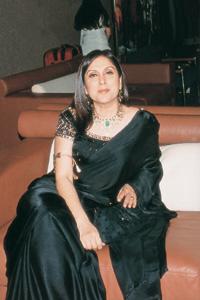
This was a unique time in history. While it carried its weight because the fashion was completely original, we still saw so many echoes of years that had passed. Much like the 60s and 70s this was a minimalist period. The 1990s appreciated a bare face, Solids, light colors, and a lot of pastels. Unless it’s plaid or you’re going goth. Authenticity was the need of the time. This was the time when the world was recovering from wars. We had been extravagant and loud. Now it was time to listen to ourselves and our surroundings. President Zia-ul-Haq also brought a sense of sobriety to the culture and inevitably fashion.
And the plaid. Edgy, rock, alternative, the music of choice. We were starting to realize we wanted something different. This can’t be it. not everything that shines is gold, or silver, or even just pleasing to the eye. Grundge was born in Seattle, of all places. The underground garage band scene flourished. All of a sudden, we collectively realized that we are all perfectly amazing just the way we are. We don’t need to put on “a face”. The message was, be real, be you, be raw, that is enough. A revolution was born.
That is one of the biggest reasons this time is now considered one of the most iconic and influential periods in history. Can you tell I’m a 90’s kid? Proud Gen-xer!
Of course, there were setbacks. To achieve the “undone” look many starved themselves and hurt themselves. Heroin chic was glorified. Big things were happening in the music in Pakistan as well. Boy bands were not just a craze for the West. Our boys such as Vital Signs, Noori, Jal, Strings, and many more defined fashion by their effortless boyish fashion choices.
Unfortunately, grunge and Goth looks didn’t hit South Asia too hard. We did see the occasional plaid shirt wrapped around the waist on top of jeans and some artists letting their hair down.
We mostly saw solids and printed two pieces. Big jewelry. Makeup was still minimal. We were running with the less is more philosophy. I gotta say when in doubt that’s always a good direction to move in.
There was a lot of Neon colors back then, or was that just me? Nevermind.
Early to Mid 2000s
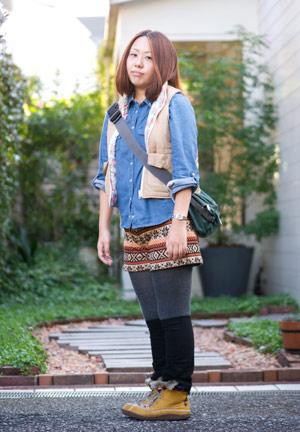
It would be fair to bunch these decades in one place. Before the year 2000 approached we were scared that it would be a blast. A blast could have gone amazing or horrifying. Since it turned out to be just another day, another month I think the disappointment got the best of us. The start of that year wasn’t anything to write home about. The fashion followed the leftovers from the 90s mixed in with a bit of the old Hollywood. This year was the rise of the Disney Star. Wherever there are kids playing adults on the red carpets you are sure to have a disaster. All these children were allowed to pick out their clothes, hair, and makeup, which resulted in a lot of pink, purple, and glitter everywhere and everything. Hair with gold and bronze highlights and lowlights and butterflies as hair accessories. Who can ever forget those chunky clumps of mismatched color lighting? There were layers upon layers of clothing, and body accessories. Im sure some of you remember belly belts that went straight onto the hipbone, decorated thongs. Why? Why didn’t the adults say anything? Belts go over clothes. And thongs go inside pants. Why weren’t clothes and accessories accessorising?
I guess everyone was letting kids let loose because the adults had bigger problems to deal with. The Twin Towers had been attacked and the whole world was now a suspect. Being a Muslim or Arab was out of fashion again. Not that it was ever truly in fashion. So, the layered clothing part of fashion came in handy. The short dresses over jeans or long buttoned-down shirts style were very helpful for the Hijabis. Mid-2000 is around the time skinny jeans were introduced. I feel our newest generations were punishing us for creating such a mess of the world. Yeah, we deserved this one.
Today
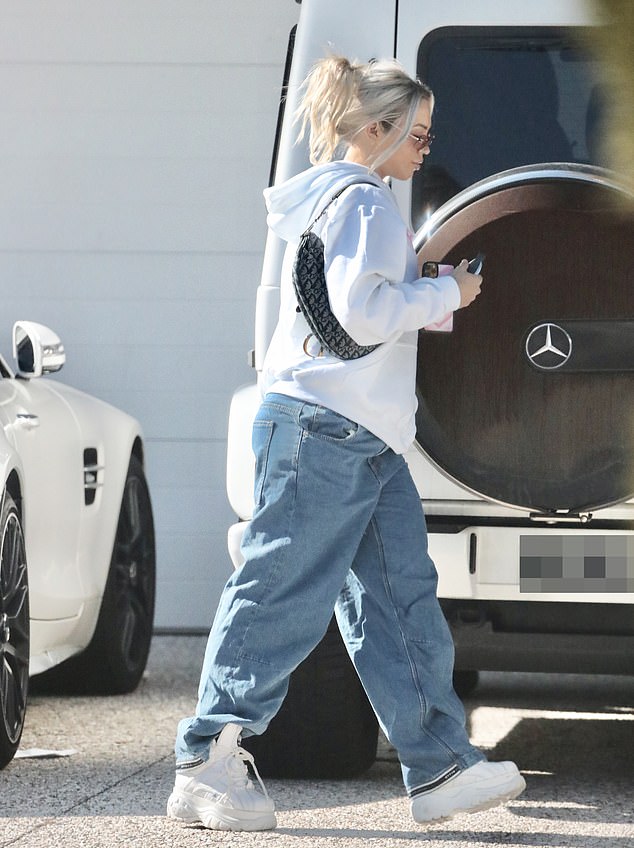
Do you remember just a couple of years ago, there was a big to-do on TikTok that Gen-Z was saying there were a few trends that separate Gen-Z from Gen-X and Boomers? These included wearing skinny jeans, parting our hair a certain way, etc. It’s so ironic to me now that when I see these young boys and girls walking around with their scrunchies wrapped around their wrists and their huge headphones around their necks I want to say, “We gave this to you, you’re welcome”. The baggy pants, and oversized hoodies. The matching solid color suits for women. All those colorful clothing for men. The printed shirts, pointed shoes with tassels, come on Elvis did it first.
I could go on with examples of how today’s fashion has taken the best of fashion from every period and blended it all in beautifully. This decade is a beautiful homage to our history and a prediction of what kind of future our coming generation has envisioned.
Fashion is a part of our identity.
The faces we put on through the guise of fashion, dressing up, and customs are our way of showing the world who we are. Do that with pride and dignity. Make sure everyone knows that you come from strength, bravery, and wisdom and you will pass on that strength, bravery, and wisdom. Because what are we if not fashionable.


All Rights Reserved © 2025 Femmerepublica. Powered by TechWrath